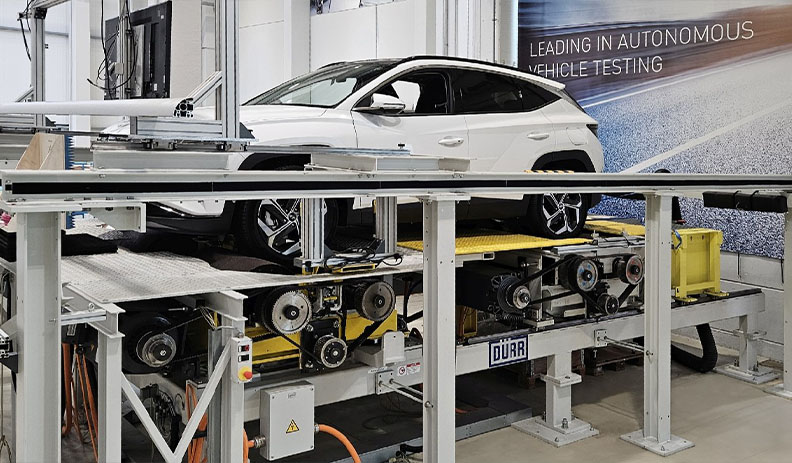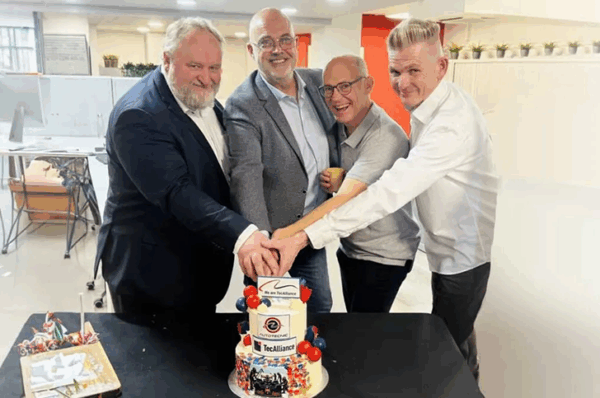International. Automated and autonomous vehicles rely on sensors such as cameras or radars to assist or make decisions in traffic situations. The proper interaction and functionality of the sensors must be thoroughly tested to ensure road safety.
Dürr and Rohde & Schwarz, a global technology group, has developed an innovative and cost-effective solution for over-the-air (OTA) loop vehicle (VIL) testing. This solution validates compliance and effectiveness during end-of-line testing (EOL) or periodic technical inspection (PTI).
Road safety is a key challenge for future mobility, especially for automated and autonomous vehicles. Ensuring the continued functionality of advanced driver assistance systems (ADAS) and autonomous driving (AD) features is critical to the vehicle’s long-term safety and performance.
Therefore, manufacturers of vehicles equipped with these features require certification, either from a third-party authority or through self-certification.
A Vehicle-in-Loop (VIL) test can validate the correct operation of all ADAS/AD End-of-Line (EOL) functions and ensure production conformance (COP) before a vehicle leaves the factory. In addition, maintaining proper functionality throughout the life of a vehicle requires additional control measures during the periodic roadworthiness test (PTI).
Simulation of various driving scenarios
To address these additional requirements in the EOL and PTI process, Dürr and Rohde & Schwarz initiated a joint project incorporating Dürr’s proprietary x-road multifunction roller test stand, Rohde & Schwarz’s new RadEsT radar target simulator and the open-source simulation platform CARLA.
The combination creates a virtual environment specifically for the camera and radar sensors installed on the test vehicle, allowing OTA simulation of different inspection scenarios without touching the vehicle. These scenarios include critical situations such as unintentional lane departures and other vehicles suddenly braking or changing lanes directly in front of the test vehicle.
The test vehicle must react quickly to changes in the simulation in order to pass inspection.
The x-road 4WD roller test stand enables unrestricted driving with steering movements, facilitating cornering manoeuvres without disturbing the test vehicle. Laser measurement technology recognises the position of the front wheels and the steering angle, while the dual rotating front roller units automatically adjust to any angular differences with the driving direction.
RadEsT, the radar target simulator developed by Rohde & Schwarz, is resistant to external factors, ensuring consistent performance in production and shop floor environments. Its ability to provide accurate and repeatable measurements makes it an invaluable tool for making accurate assessments under real-world conditions.




